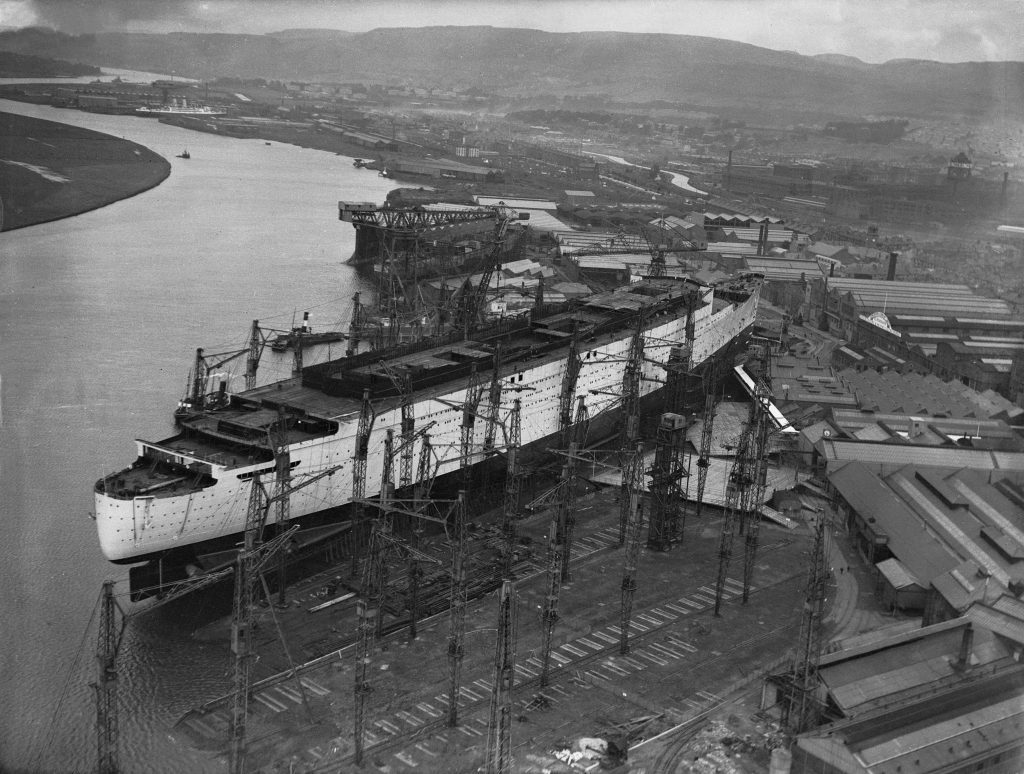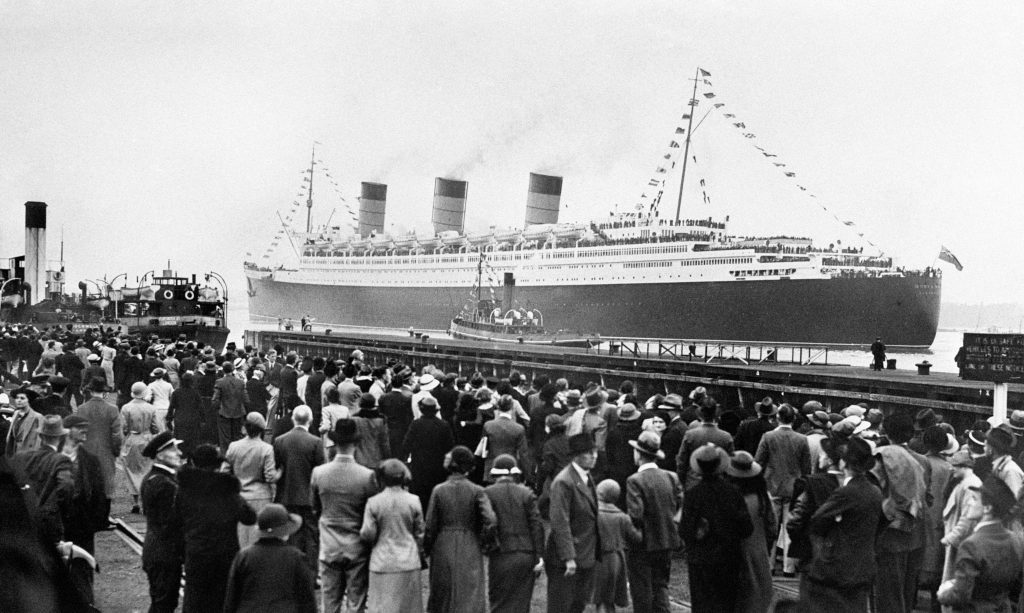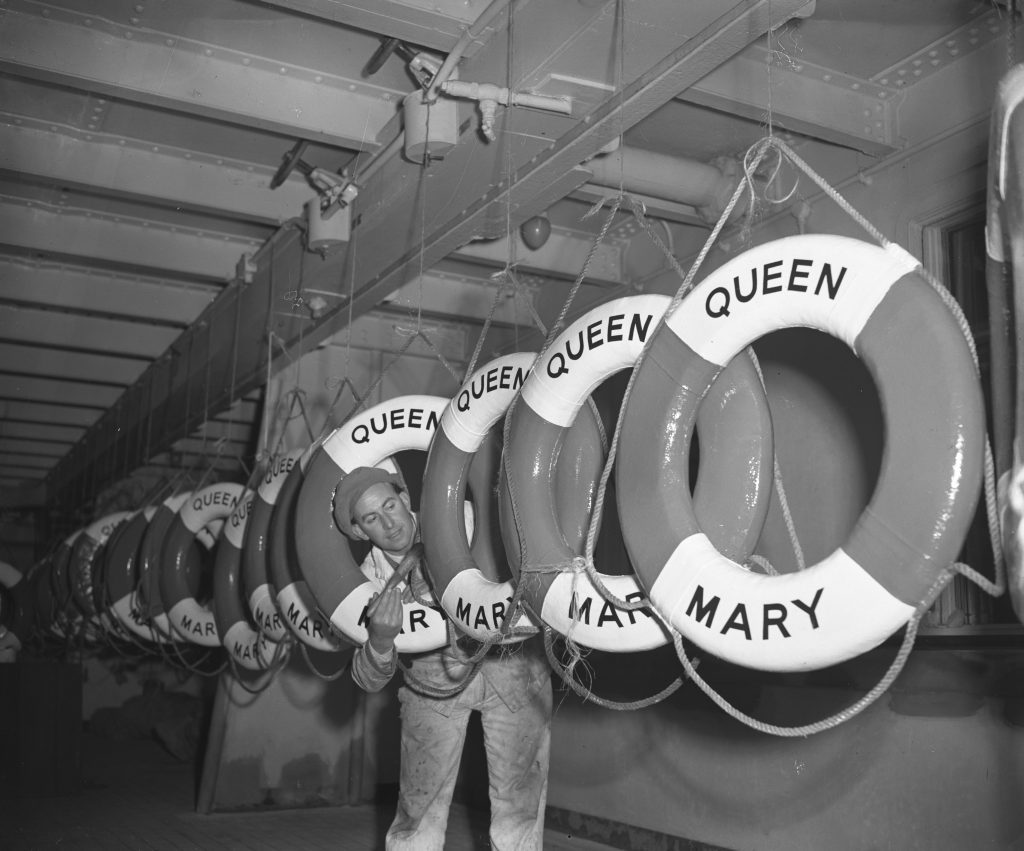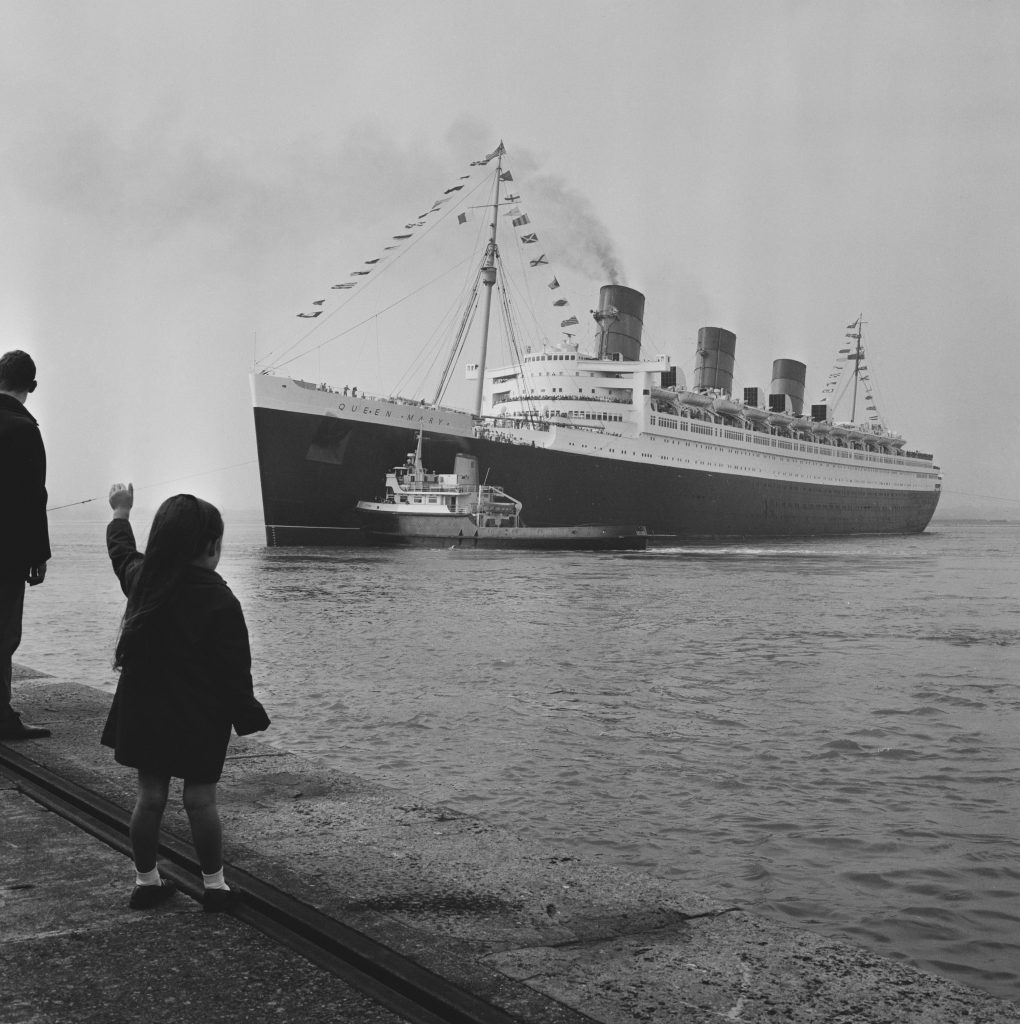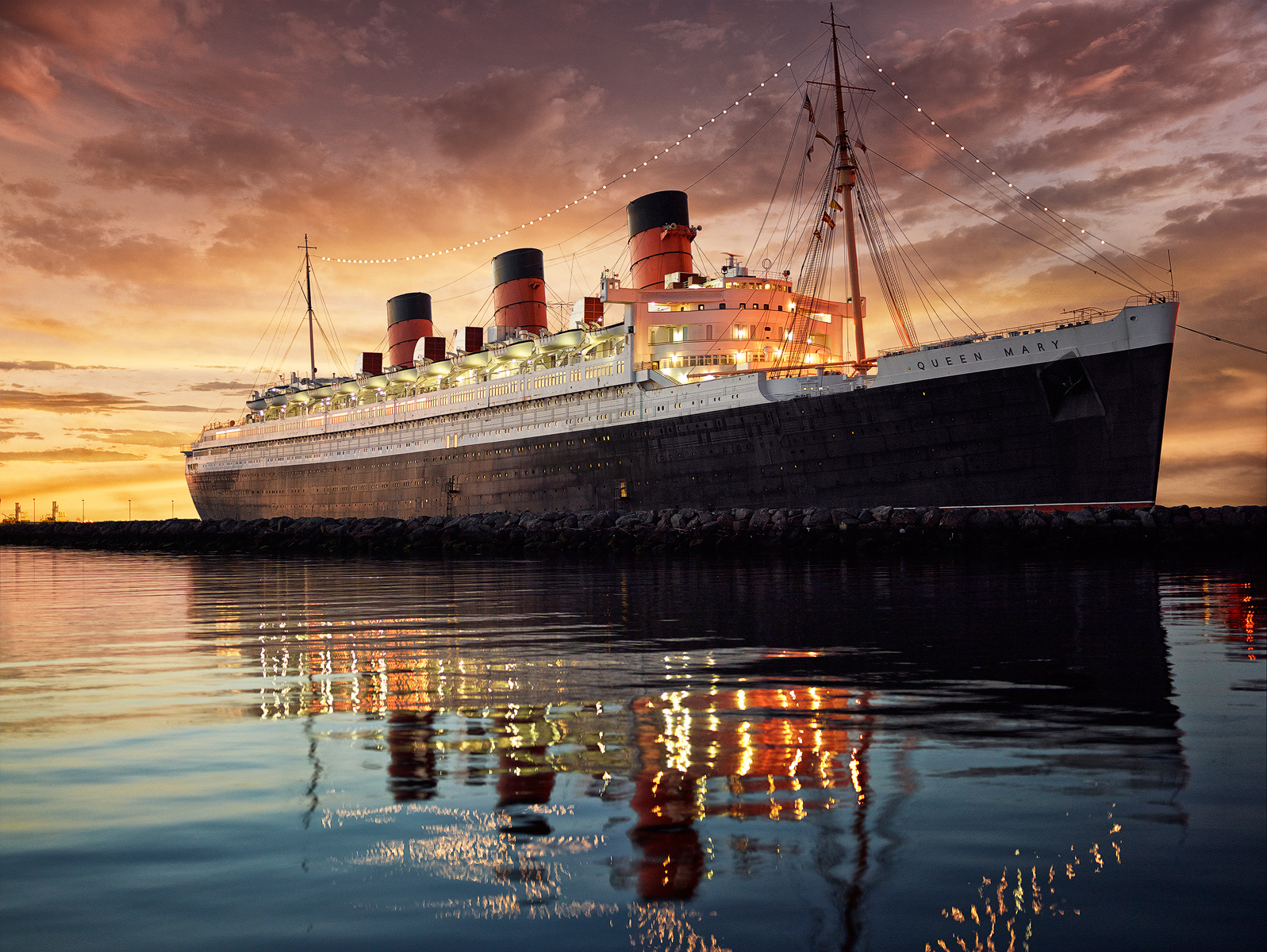
SHE started life as Hull 534 in the thundering cauldron of noise and sparks that was the John Brown’s shipyard in Clydebank.
But six years after the first rivets were hammered in 1930, she took to the seas on her maiden voyage from Southampton to New York as one of the most majestic ships the world has ever seen.
The date was May 26, 1936, and Hull 534 now bore the name that would ring through the decades – RMS Queen Mary.
Now people from Glasgow to Southampton, California to Australia are set to celebrate the 80th anniversary of that momentous voyage.
John Brown, famous for ships from the doomed liner Lusitania to battlecruiser HMS Hood, received an order from Cunard in the late 1920s for a liner to rival any on the seas.
Construction began in 1930.
Ian Johnston, maritime historian and author, said: “The Queen Mary is one of the greatest ships to come out of the Clyde.
“But by the late 1920s Clydeside had sunk into depression. That order was a lifesaver.”
But that joy at such a prestigious order was not to last long.
The launch had been scheduled for 1932, but the Great Depression put paid to that. Work was suspended in December 1931.
“About 2,000 men were laid off,” explained Ian. “It was two and a half years before the order could be started again. Many men would have left for America and never came back.”
Work was restarted on the ship thanks to a loan of £9.5 million from the Government, which also allowed it to build another liner, the Queen Elizabeth.
“The men were led back into the shipyard in April 1934,” said Ian.
The Queen Mary was launched on September 26, 1934, having cost a total of £3.5 million, but it would be almost two years before its maiden voyage.
Departing from Southampton, passengers could enjoy five dining areas and lounges, two cocktail bars and swimming pools, a grand ballroom, a squash court and even a hospital.
She represented the height of luxury and transatlantic speed, capturing the Blue Riband for the fastest Atlantic crossing in 1936 and 1938, and won the hearts of the rich and famous.
“Speed was of the essence, so to be number one on the North Atlantic, Cunard required its ship to be the fastest,” said Ian.
“For that reason the Queen Mary was designed with a few extra horses under her bonnet.
“The men who built them would bask in the glory of these ships.
“No matter where you went in the world you would see these great ships and you could take pride out of the fact that we made these things, unlike today, when there’s next to nothing we can point to.”
But only three years after her maiden voyage, the Queen Mary’s work as a passenger liner was put on hold. With the outbreak of the Second World War she was converted into a troopship.
During the war she shipped 765,429 men across the ocean.
She was so successful Hitler offered $250,000 and an Iron Cross to any U-boat Captain that could sink her.
The Queen Mary returned to passenger service in 1947 and carried on transporting sea-goers across the Atlantic in luxury for 20 years.
But by 1967 the popularity of air travel would spell the end of an era for the grand old lady.
She departed on her final voyage to Long Beach, California, in 1967, where she has been turned into a hotel and tourist attraction.
The great Clydebuilt ship had carried 2.2 million passengers, but since her huge turbines fell silent, 50 million people have visited her at Long Beach.
Ian isn’t surprised the romance of the Queen Mary has endured.
He said: “With the great liners you had glamour. They just looked terrific.”
She may not rule the waves any longer, but in spirit at least, the Queen Mary sails on.
READ MORE
Isle of Eriskay remembers looting of ship that inspired Whisky Galore 75 years on

Enjoy the convenience of having The Sunday Post delivered as a digital ePaper straight to your smartphone, tablet or computer.
Subscribe for only £5.49 a month and enjoy all the benefits of the printed paper as a digital replica.
Subscribe